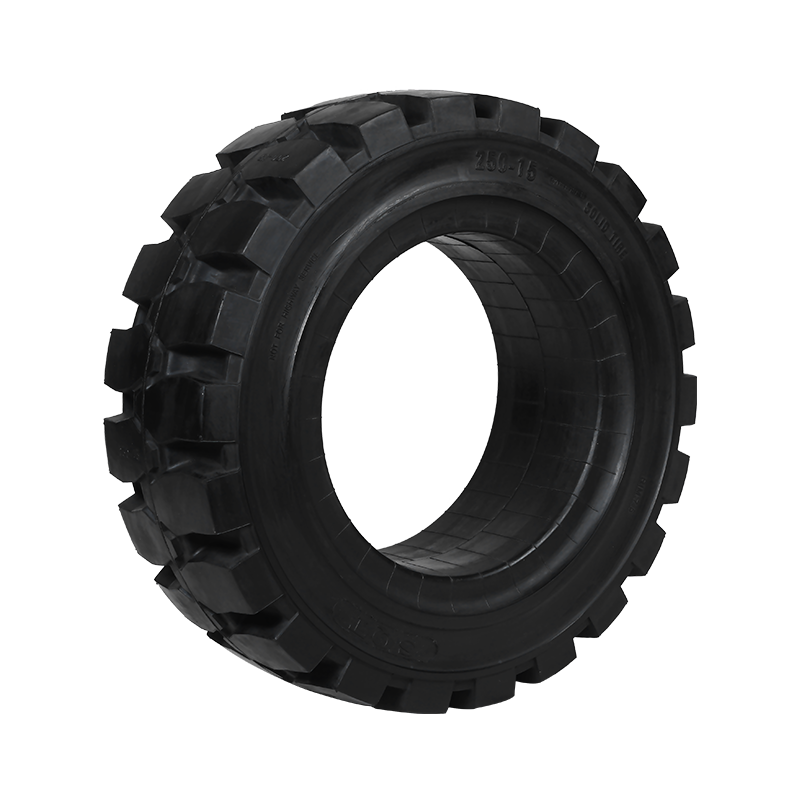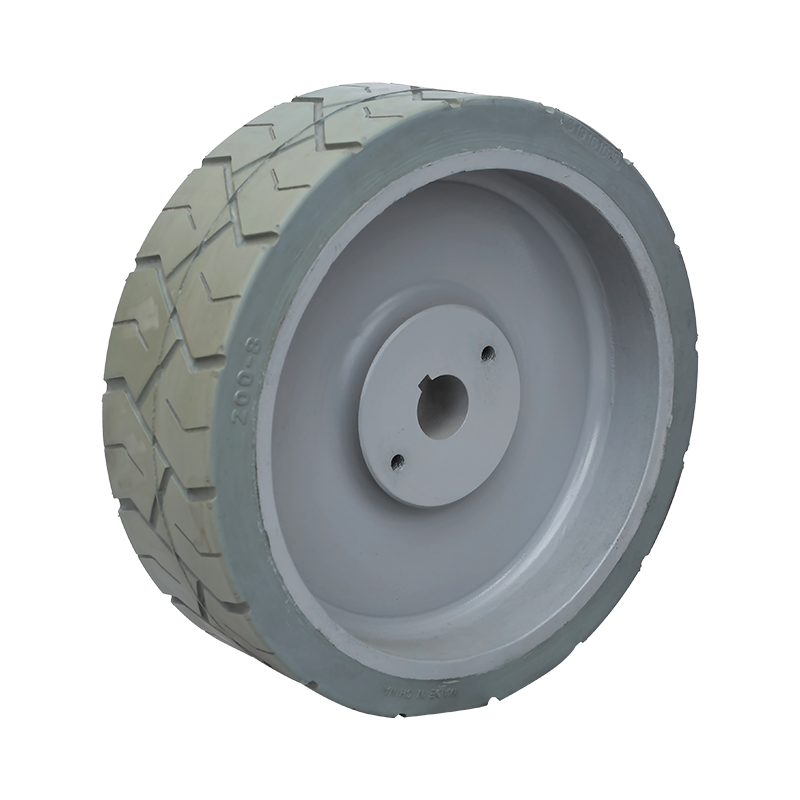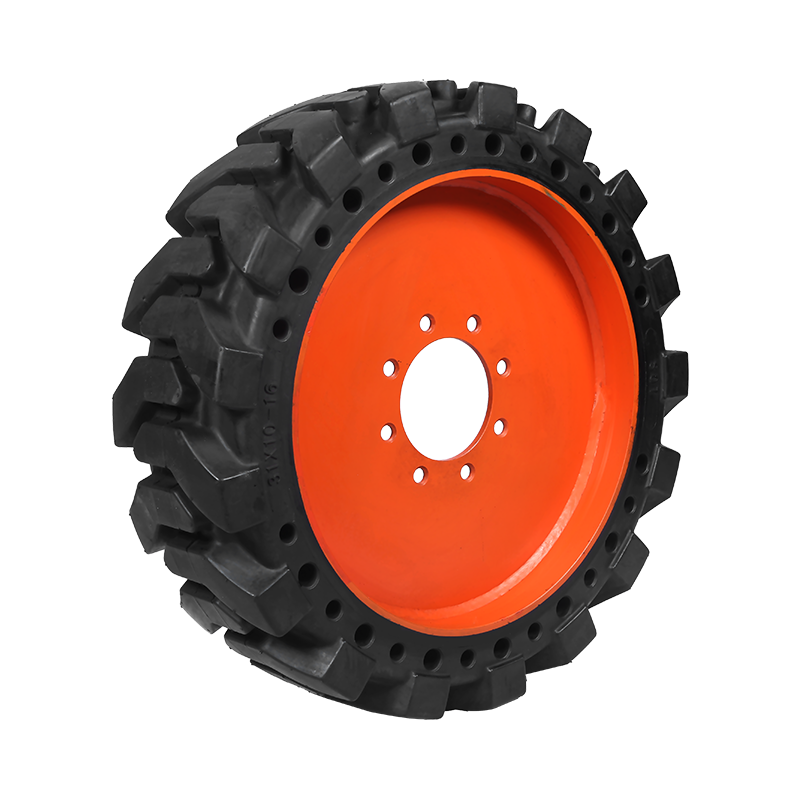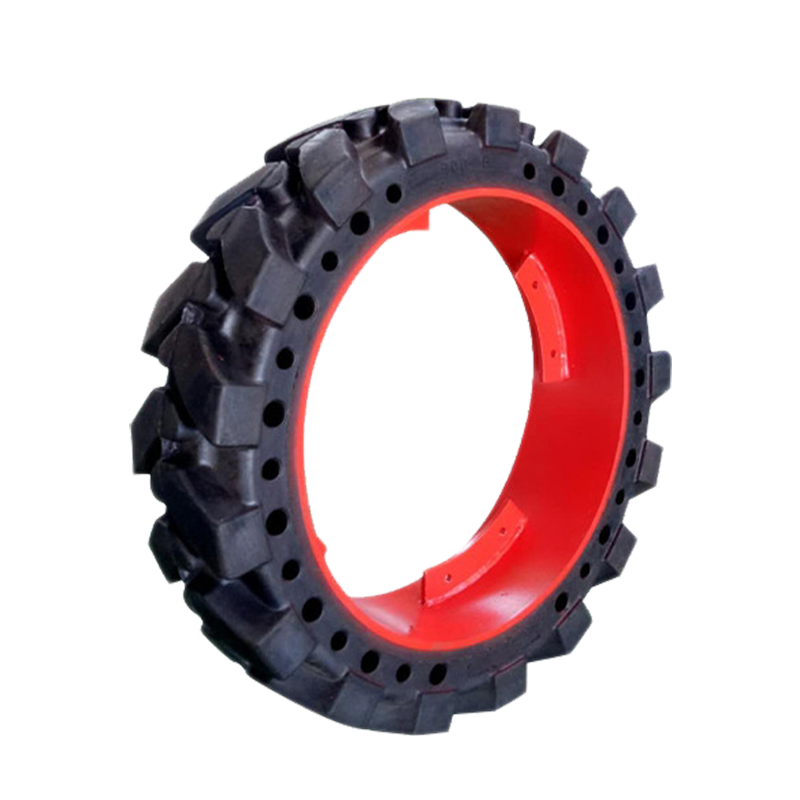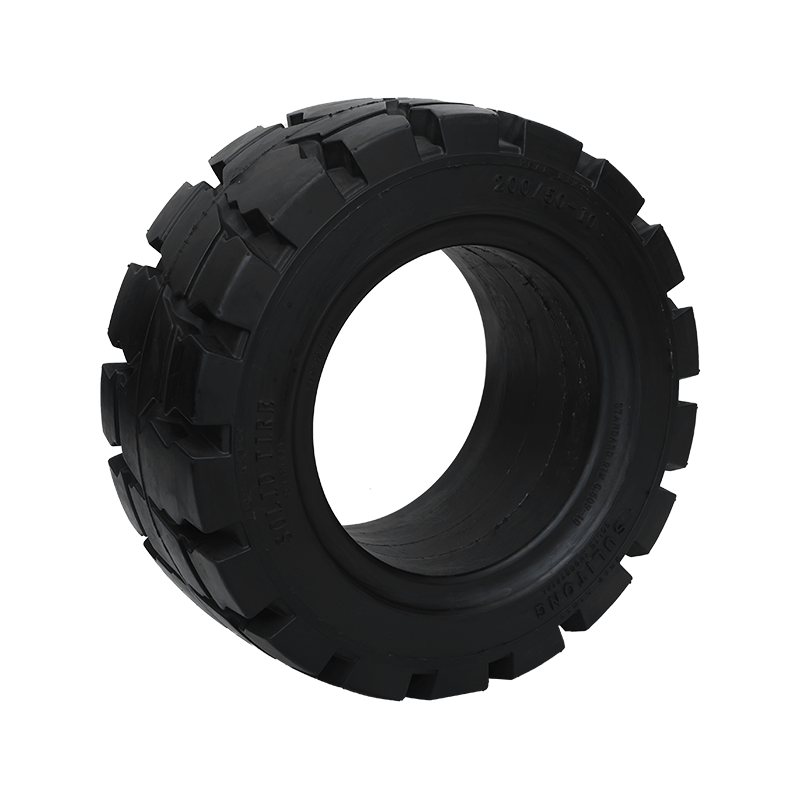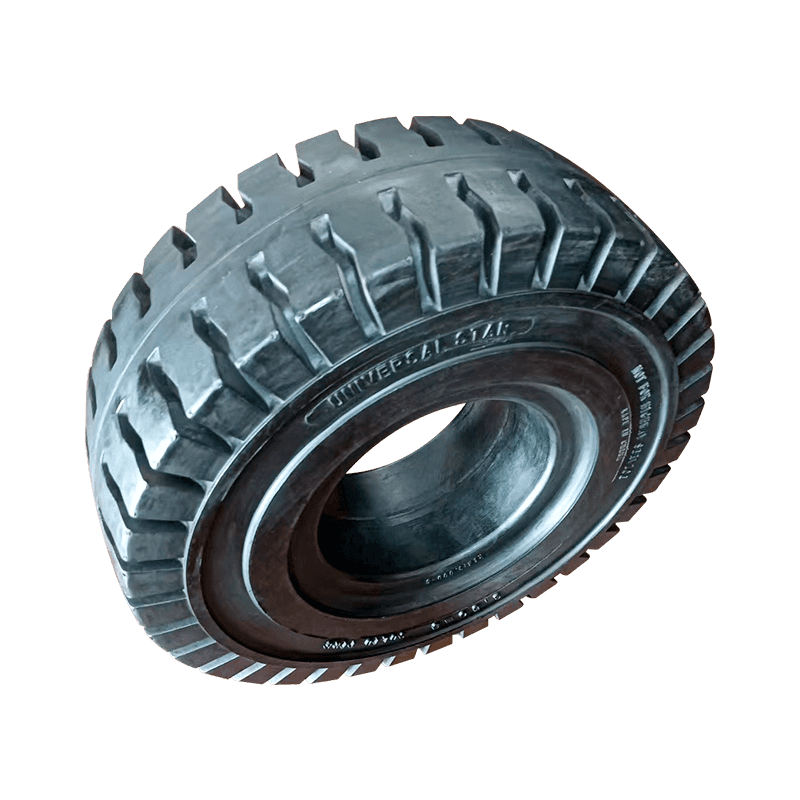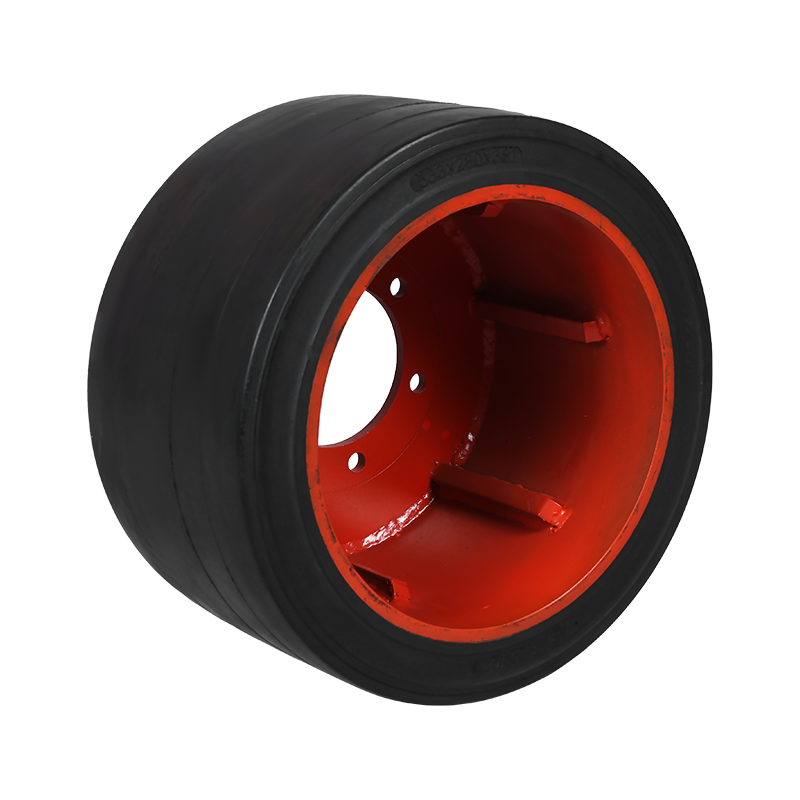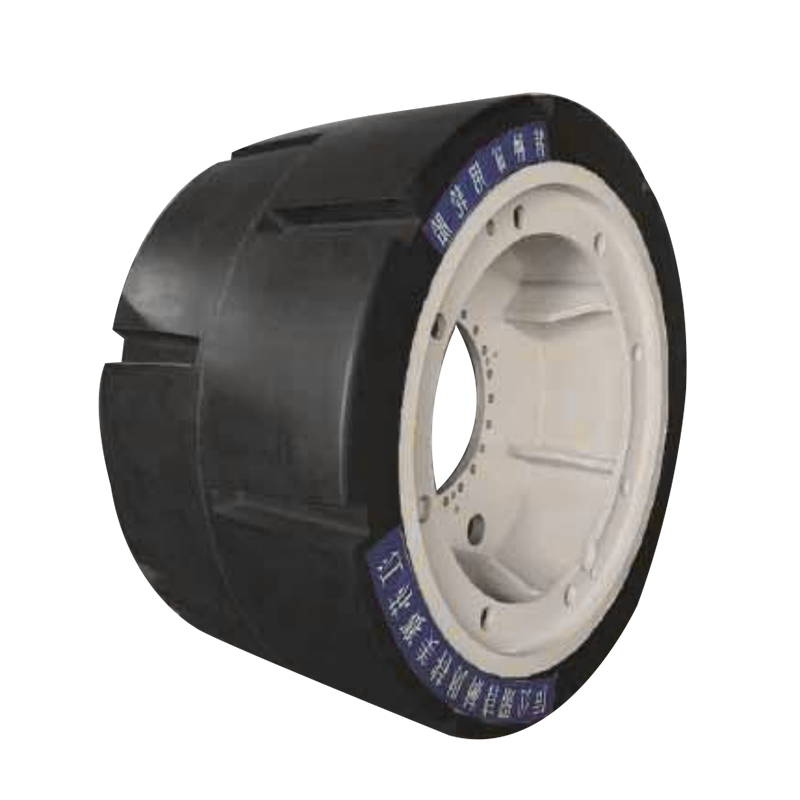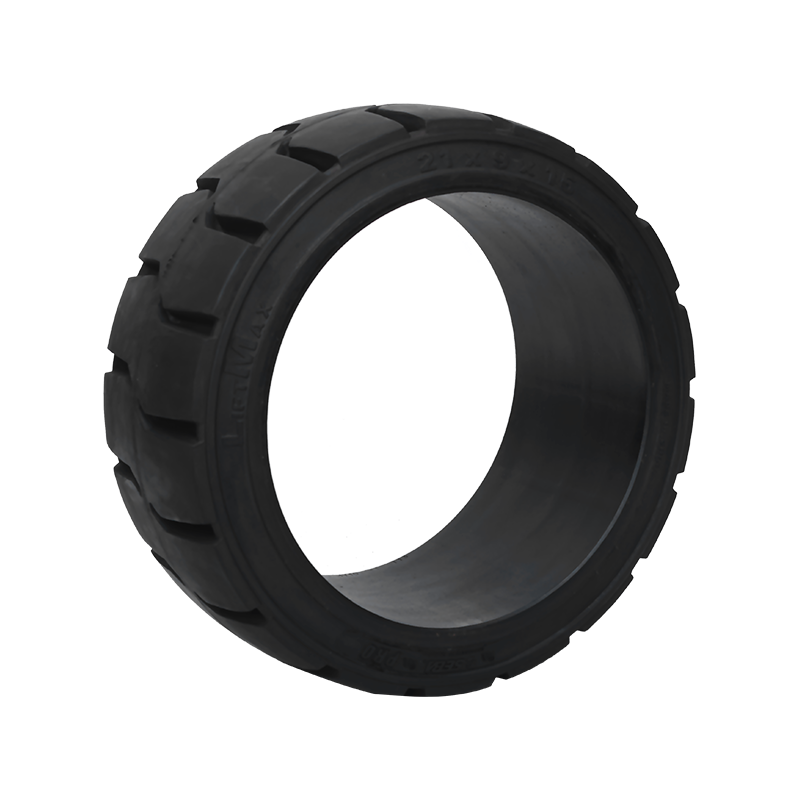The Critical Role and Evolution of Automobile Tires
Automobile tires are arguably one of the most critical, yet often overlooked, components of any vehicle. Serving as the sole point of contact between the car and the road, they profoundly influence performance, safety, and fuel efficiency. From their humble beginnings as simple rubber rings to today's complex, engineered composites, the tire's evolution mirrors the history of modern transportation.
A Brief History of Innovation
The concept of using a pliable material on a wheel for a smoother ride evolved significantly over time. While earlier iterations featured solid rubber, a major breakthrough occurred in the late 19th century with the invention of the pneumatic (air-filled) tire. This innovation, which dramatically improved shock absorption and traction, laid the groundwork for the modern tire.
Further advancements in the 20th century included the introduction of the tread pattern in 1905, designed to improve grip and protect the tire structure. A pivotal moment was the widespread adoption of radial tires in the mid-20th century. Radial construction, where the reinforcing cords run perpendicular to the direction of travel, offered superior longevity, handling, and fuel economy, quickly establishing itself as the industry standard. Today's tires utilize complex blends of natural and synthetic rubber, along with a multitude of chemicals, to achieve their structural integrity and performance characteristics.
Diverse Types for Diverse Needs
Modern driving conditions and vehicle types necessitate a variety of specialized automobile tires. Selecting the correct type is paramount for optimal vehicle performance and safety.
-
All-Season Tires: These versatile tires are the most common choice, offering a balanced performance in dry, wet, and light snowy conditions. They aim for a compromise between tread life and year-round traction.
-
Summer Tires: Designed for warm weather, they feature minimal tread patterns and specialized, softer rubber compounds. This maximizes the contact patch with the road, providing excellent grip and handling on both dry and wet roads in higher temperatures. They become rigid and less effective below approximately ().
-
Winter Tires: Specifically engineered for cold climates, these tires use a higher concentration of natural rubber to remain flexible in frigid temperatures. Their aggressive tread patterns and numerous sipes (small slits) provide enhanced traction on ice and snow.
-
Performance and Ultra-High Performance (UHP) Tires: Catered to sports cars, these focus on maximizing grip, responsiveness, and stability at high speeds, often using softer compounds that trade longevity for superior handling.
-
Off-Road Tires (All-Terrain and Mud-Terrain): These tires feature large, aggressive tread blocks and reinforced sidewalls, designed to provide superior traction and durability on unpaved surfaces like mud, gravel, and sand.
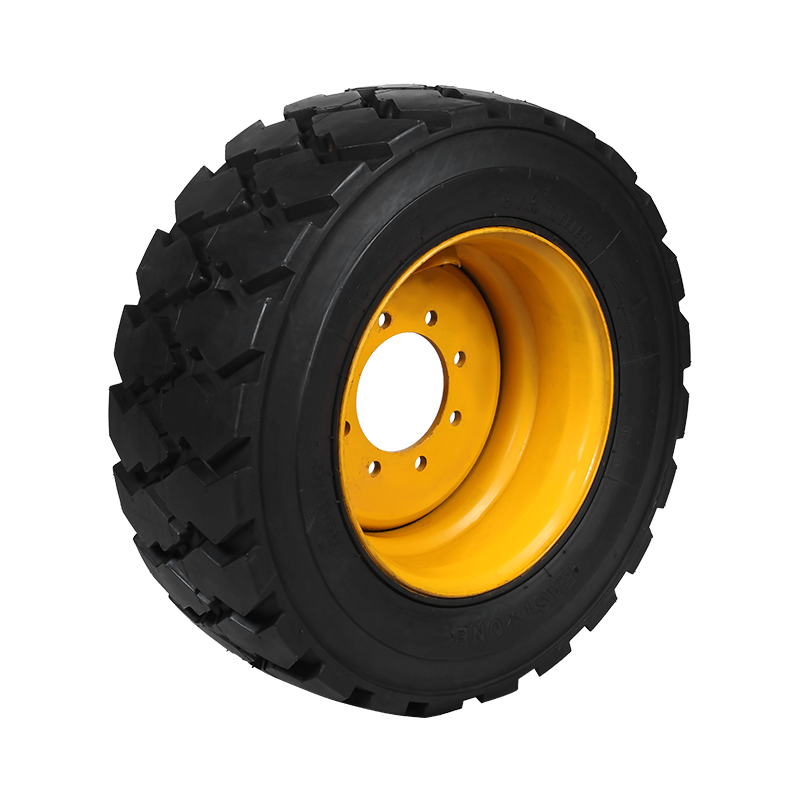
Maintenance for Longevity and Safety
Proper maintenance is crucial to ensure that automobile tires perform reliably and achieve their designed lifespan. Neglecting tire care can lead to compromised safety, reduced fuel efficiency, and accelerated wear.
-
Check Tire Pressure Regularly: Maintaining the manufacturer's recommended cold inflation pressure is perhaps the single most important maintenance task. Underinflated tires wear unevenly and reduce fuel economy, while overinflated tires reduce the contact patch and increase the risk of damage.
-
Regular Rotation and Alignment: Rotating tires every 5,000 to 8,000 miles ensures even wear across all four tires, as front and rear axles bear different loads. Additionally, periodic wheel alignment checks prevent uneven wear patterns caused by suspension issues.
-
Inspect Tread Depth: Adequate tread depth is vital for traction, especially in wet conditions to resist hydroplaning. Drivers should replace tires when the tread is worn down to the wear bars (typically of an inch).
Impact on Performance and Safety
The condition and type of automobile tires directly affect a vehicle's core operating dynamics. They are the primary components determining:
-
Traction and Grip: The tread design and rubber compound dictate the tire's ability to maintain contact with the road, affecting acceleration, cornering, and emergency braking distances.
-
Braking Performance: Worn-out tires significantly increase stopping distances, a critical safety factor.
-
Handling and Stability: Proper inflation and tire selection ensure the vehicle responds predictably to steering inputs, contributing to overall stability and control, particularly during rapid maneuvers.
-
Fuel Efficiency: Correctly inflated tires minimize rolling resistance, reducing the work the engine must perform and thereby improving gas mileage.
CONTACT US
-

Email: SMT001@saimeite-tyre.com
-

Phone: +86-18451337018No. 1, Renmin South Road, Yandu District, Yancheng City, Jiangsu Province, China

 English
English 한국어
한국어 Français
Français Español
Español
